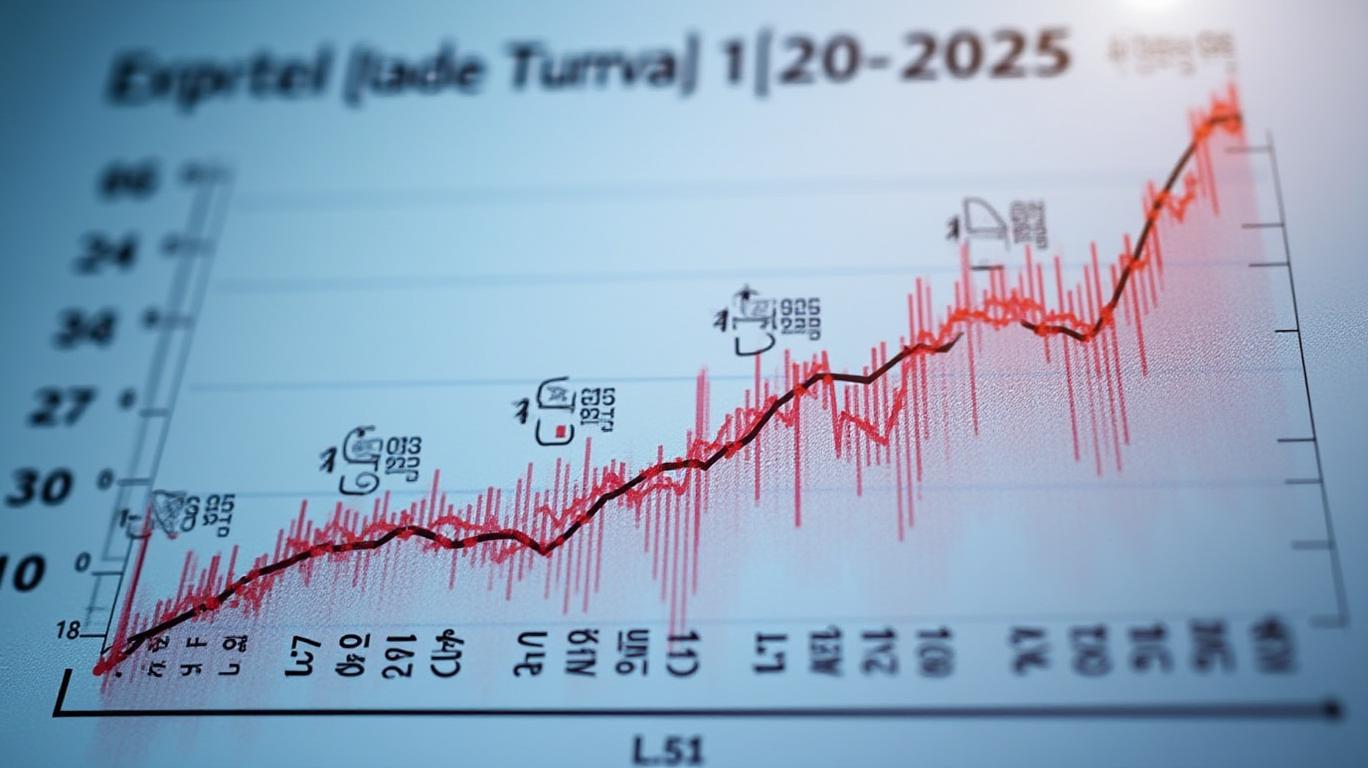Malaysia Keeps Rates Steady Amid Tariff Clouds: Navigating a Delicate Balancing Act
Malaysia’s central bank, Bank Negara Malaysia (BNM), maintained its benchmark interest rate at 3.0% in May 2025, signaling a cautious stance as U.S. tariff threats loom over the export-driven economy. The decision, in line with expectations, reflects BNM’s prioritization of stability amid escalating trade tensions and slowing global demand. Yet the path forward remains fraught with uncertainty, as a 24% U.S. tariff on Malaysian exports—temporarily reduced to 10% until July—threatens to disrupt critical industries and test the resilience of one of Southeast Asia’s most trade-reliant economies.
The Tariff Threat: A Sword Hanging Over Growth
The U.S. tariffs, imposed under President Trump’s “Liberation Day Declaration,” target Malaysia’s $199 billion annual exports to America, with electronics and semiconductors—accounting for $7.32 billion in 2023—front and center. While exempt from the 24% rate (for now), these sectors face indirect pressures as global supply chains reconfigure to avoid tariff burdens. Analysts warn that prolonged tariffs could shave up to 2% off Malaysia’s GDP, a stark contrast to its robust 5.1% growth in 2024.

The stakes are equally high for manufacturers. Malaysia’s competitive edge—skilled labor at $57,200 annually (vs. Mexico’s $13,000)—is challenged by U.S. firms eyeing tariff-free alternatives like Mexico under the USMCA. The risk of capital flight is real: in 2024, Malaysia attracted $378.5 billion in approved FDI, but uncertainty could stall further inflows.
Malaysia’s Playbook: Diversify, Diplomacy, and Defend
Kuala Lumpur’s response blends economic pragmatism and strategic alliances. Prime Minister Anwar Ibrahim has pivoted to deepen ties with China, sealing over 30 agreements during President Xi’s April 2025 state visit. These include infrastructure projects like the $15 billion East Coast Rail Link (ECRL) and tech partnerships integrating China’s BeiDou satellite system. Bilateral trade with China hit a record $212 billion in 2024, with FDI surging 39% year-on-year.
Regionally, Malaysia is leveraging ASEAN to counter U.S. unilateralism. At the ASEAN-GCC-China summit, Anwar pushed for stronger regional trade frameworks, including finalizing the ASEAN-China Free Trade Agreement. Domestically, the MADANI economic plan aims to bolster fiscal discipline (projected 3.8% deficit in 2025) and support sectors like green tech and digital innovation.
Investment Implications: Navigating the Crosswinds
For investors, the near-term outlook hinges on tariff outcomes and corporate adaptability.
- Sector Spotlight: Semiconductors and Manufacturing
- Opportunity: Malaysia’s electronics sector, while tariff-exempt, may benefit from global supply chain reshoring. Companies like SilTerra (a leading semiconductor manufacturer) could see demand rise if U.S. firms seek “near-shoring” partners outside Mexico.
Risk: A prolonged tariff war could force cost-cutting or relocation, hitting firms with high U.S. exposure.
Equity Markets: FBM KLCI in a Holding Pattern
Malaysia’s stock market (FBM KLCI) rose 0.5% ahead of the BNM decision, buoyed by optimism around U.S.-China trade talks. However, the index remains vulnerable to tariff volatility. Investors should monitor sectors like automotive (already hit by 25% U.S. tariffs on steel/aluminum) and electronics for stress signals.Currency Risks: Ringgit Under Pressure
The Malaysian ringgit fell 0.7% to 4.266 per dollar post-BNM decision, nearing its lowest since May 2022. A weaker ringgit could boost export competitiveness but risks inflation if imported goods prices rise.
Conclusion: A Test of Resilience, but Opportunities Lurk
Malaysia’s economy is at a crossroads. While the 24% tariff threat remains a Sword of Damocles, its strong fundamentals—5.1% GDP growth in 2024, 3.1% unemployment, and $166 billion in cumulative U.S. FDI—provide a foundation for recovery. Strategic moves like ASEAN-China integration and tech partnerships position Malaysia to capitalize on regional demand, even as U.S. ties fray.
For investors, the key is to hedge risks while spotting asymmetric opportunities:
- Long positions: In infrastructure plays tied to China (e.g., ECRL-related firms) and tech firms pivoting to high-value R&D.
- Short-term caution: Avoid overexposure to tariff-sensitive sectors until trade talks clarify.
The BNM’s rate hold buys time, but the ultimate test will be Malaysia’s ability to diversify its economic engine. With China’s support and ASEAN’s collective weight, Kuala Lumpur may yet turn a threat into an opportunity—a lesson in geoeconomic resilience for all emerging markets.

Comments
No comments yet